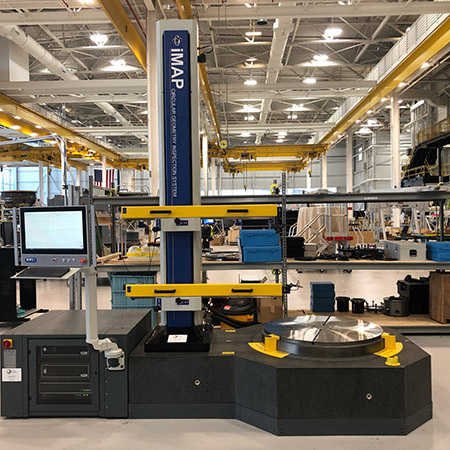
Based on its recent analysis of the global industrial computed tomography (CT) market, Frost & Sullivan has presented Wenzel with its 2020 Global New Product Innovation Award for the exaCT L, one of the most compact, high-value and cost-effective offerings in the 225 kV, 1600 W performance class. The solution’s three independent axes enable accelerated measuring and a simple and effective workflow across the entire CT process.
“Compared with many tactile or optical measuring machines that carry out measurements at the component, the exaCT L can measure inside and outside objects with high precision,” says Mariano Kimbara, senior industry analyst at Frost & Sullivan. “The exaCT L has superior X-ray performance combined with a fast detector, allowing it to measure objects and defects rapidly. Wenzel has made significant inroads into the market with intuitive user guidance that employs intelligent software to automate all measuring parameters, delivering robust customer value.”
Wenzel’s exaCT series, including the exaCT L, can support several metrology and non-destructive testing applications, including aluminium castings and combustion engines. The company equips the exaCT L 150 kV version with a high-resolution micro-focus X-ray source featuring a 6000-pixel detector. By establishing a new benchmark with one of the highest-powered X-ray sources available in the 225 kV segment, exaCT L offers up to 1600 W with high flexibility in applications for larger measuring volumes. Another benefit is Wenzel’s configurable and modular system for individual requirements.
The Wenzel exaCT L is configurable with existing CT system power sources and detectors, depending on application requirements. Providing 225 kV output, scanning high-density materials such as plastics, metal and multi-materials, only takes minutes.
For further information
www.wenzel-group.com























